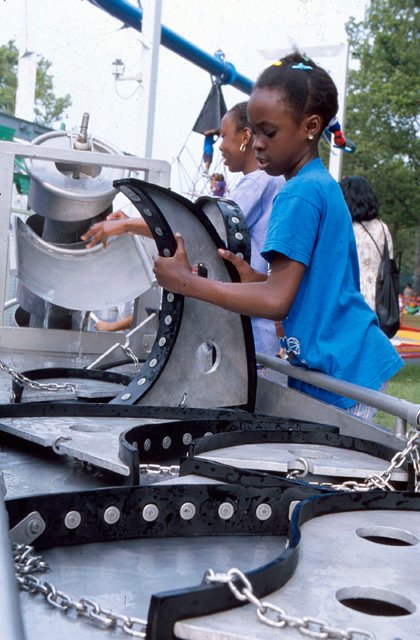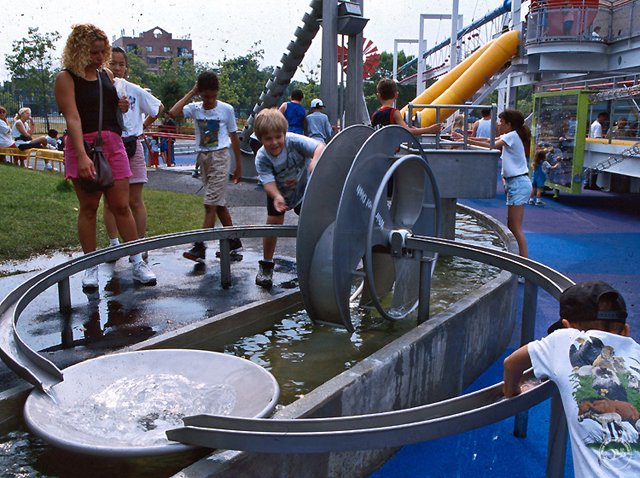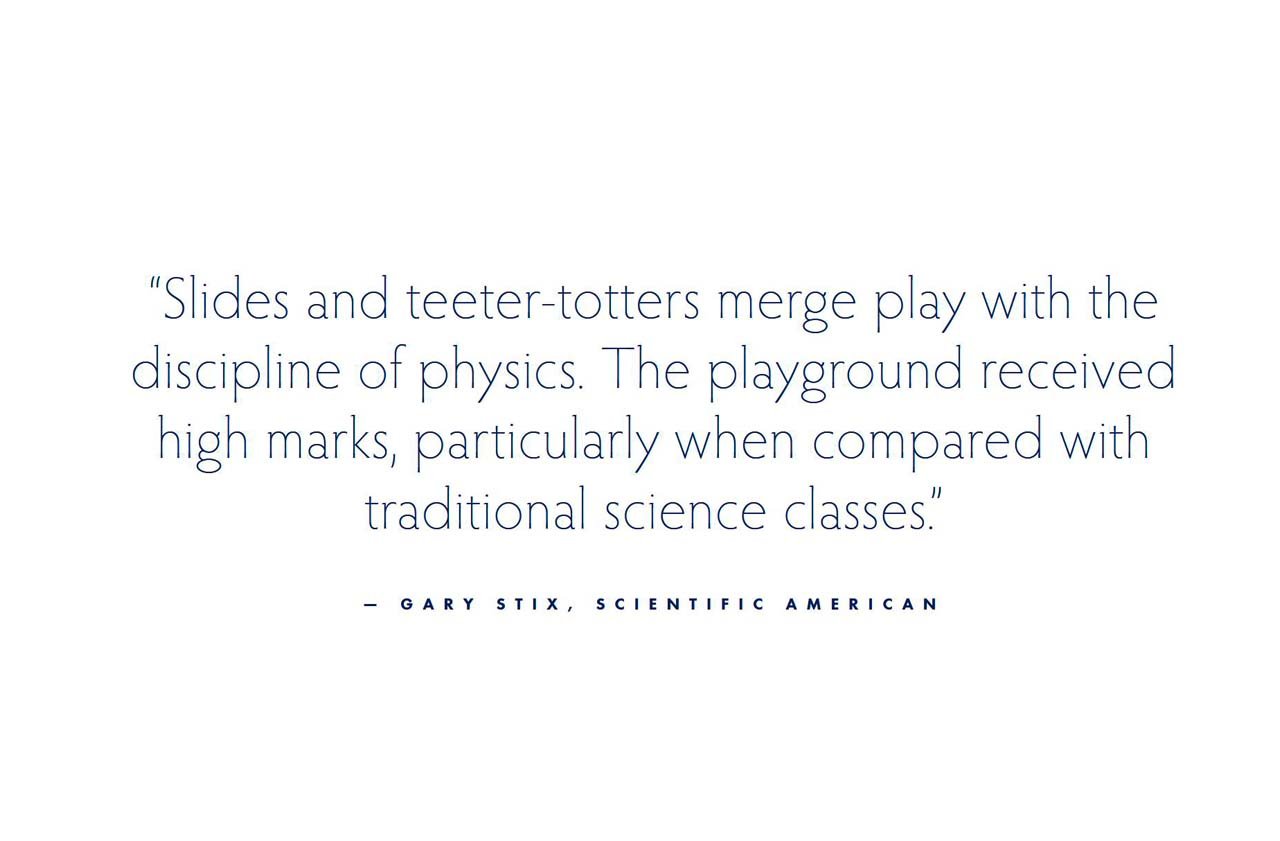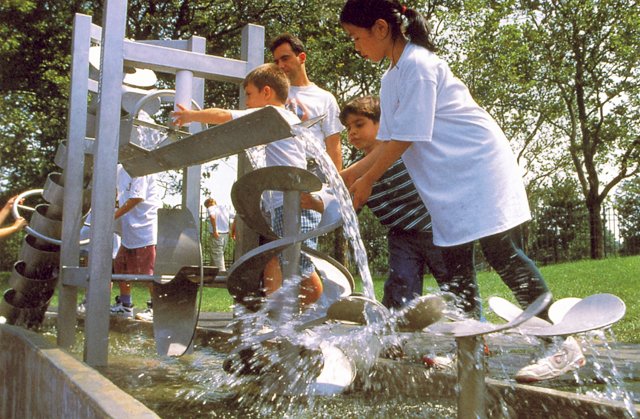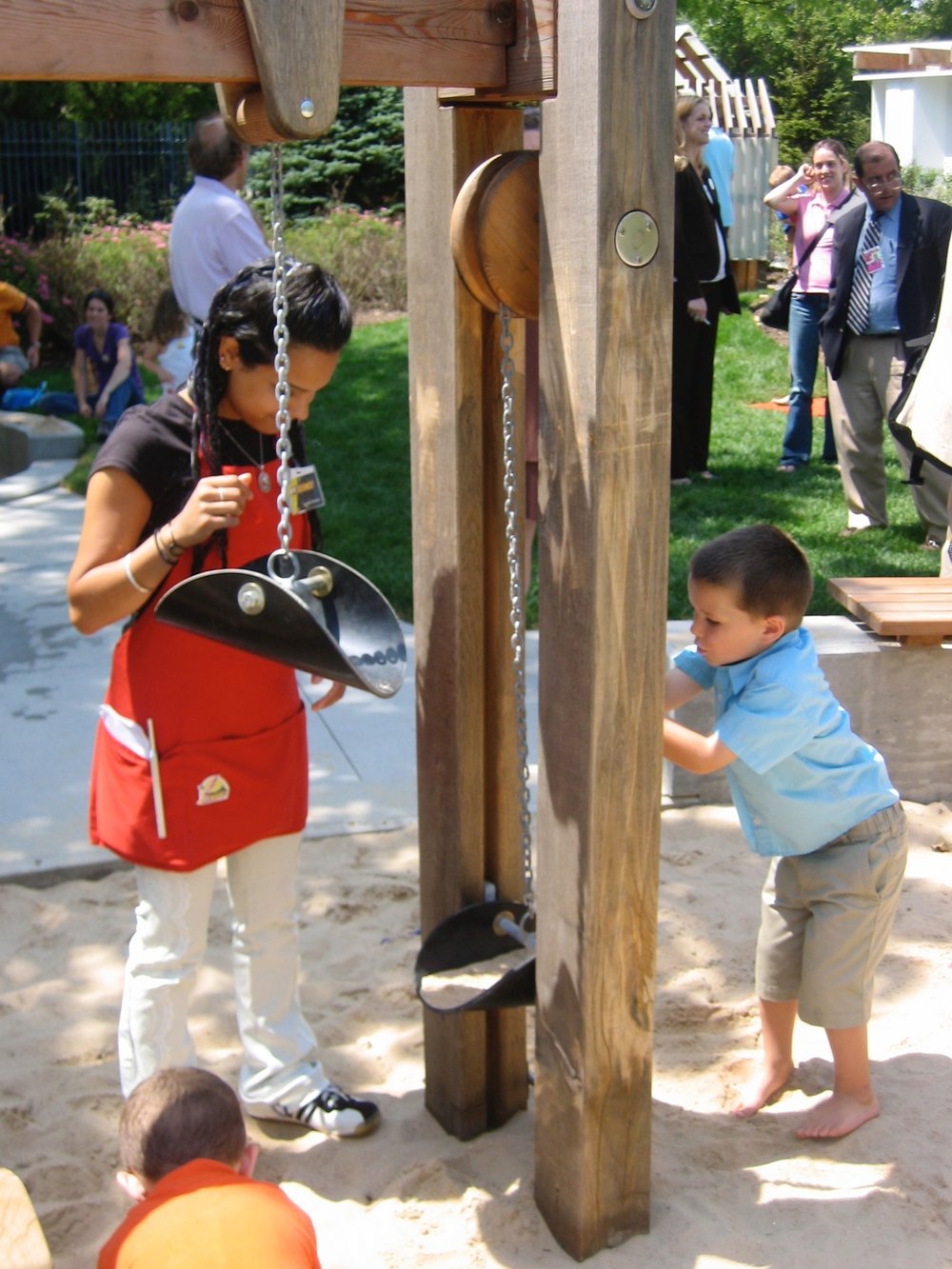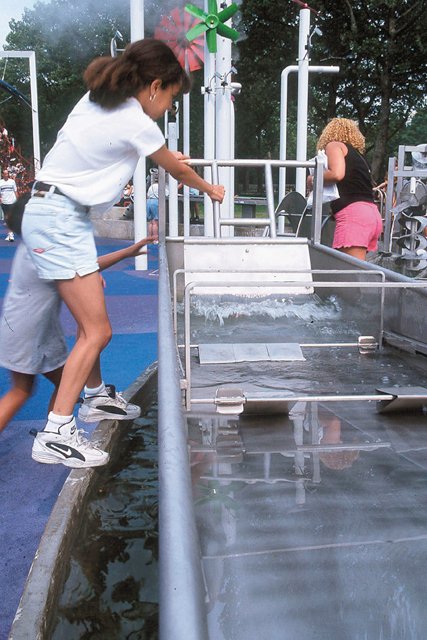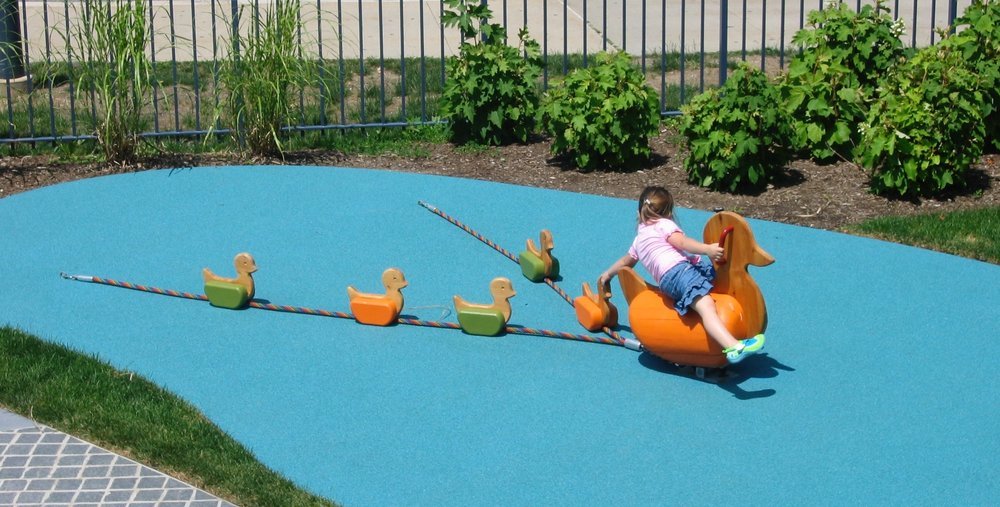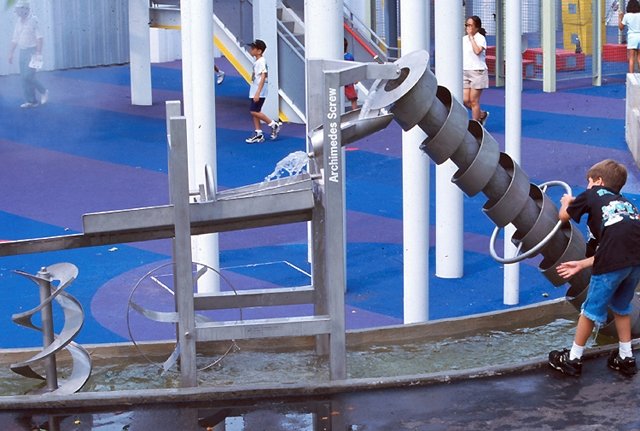Museums and Science Centers
Play spaces at museums and science centers offer invitations for discovery through informal learning experiences. These play environments also create family and educational attractions that encourage extended stays and return visits.
David S. Bolger Playspace, Ringling Museum, Sarasota FL
Nestled under banyan trees, the playground’s highlight is a Mondrian-inspired tower-slide-and-platform combination that bridges the Ringling’s Museum of Art and Circus Museum. The accessible playground helped boost attendance while offering a place for school groups and families to gather before and unwind after enjoying the museum.

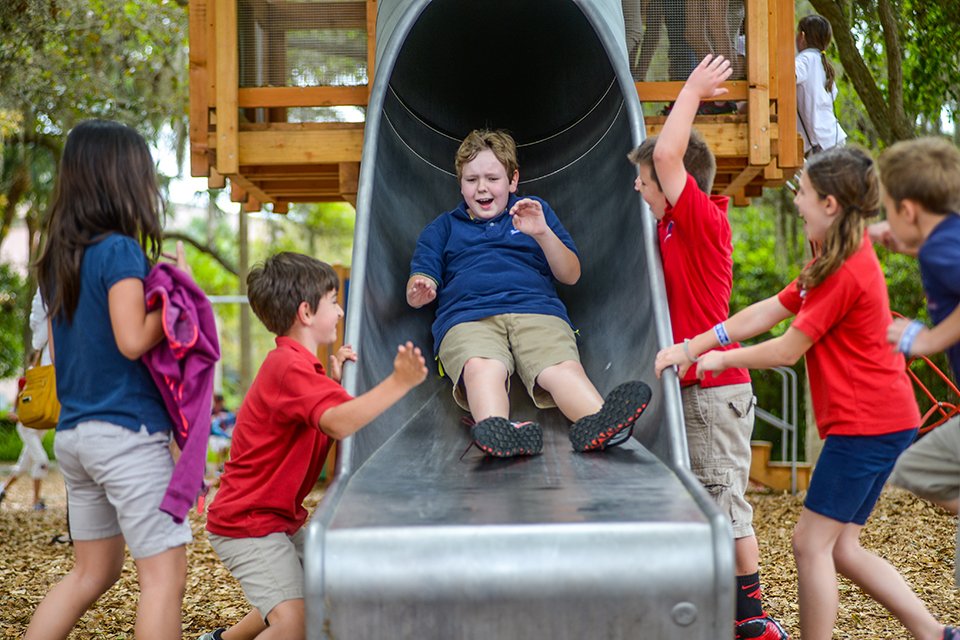

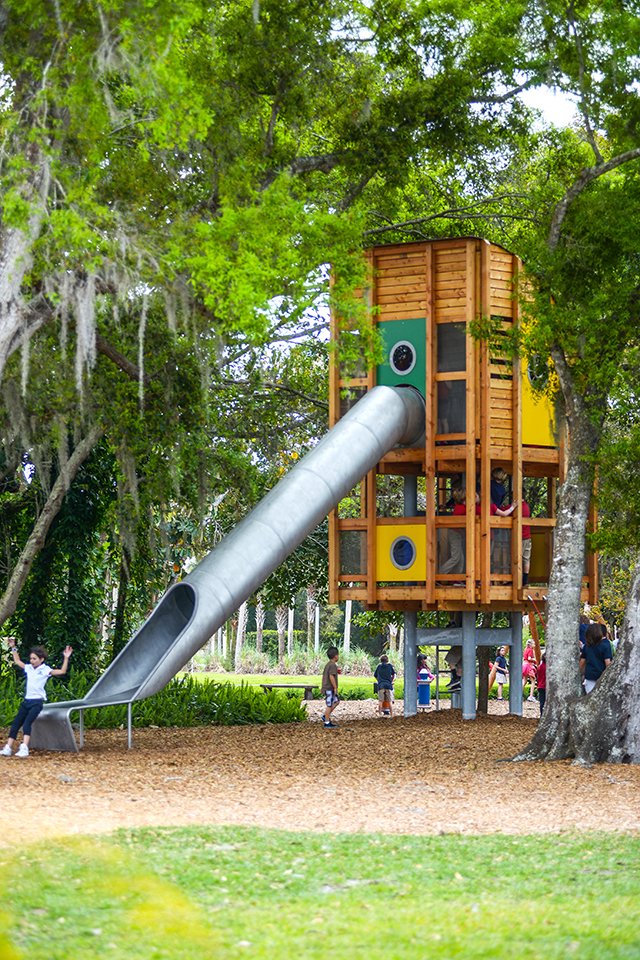
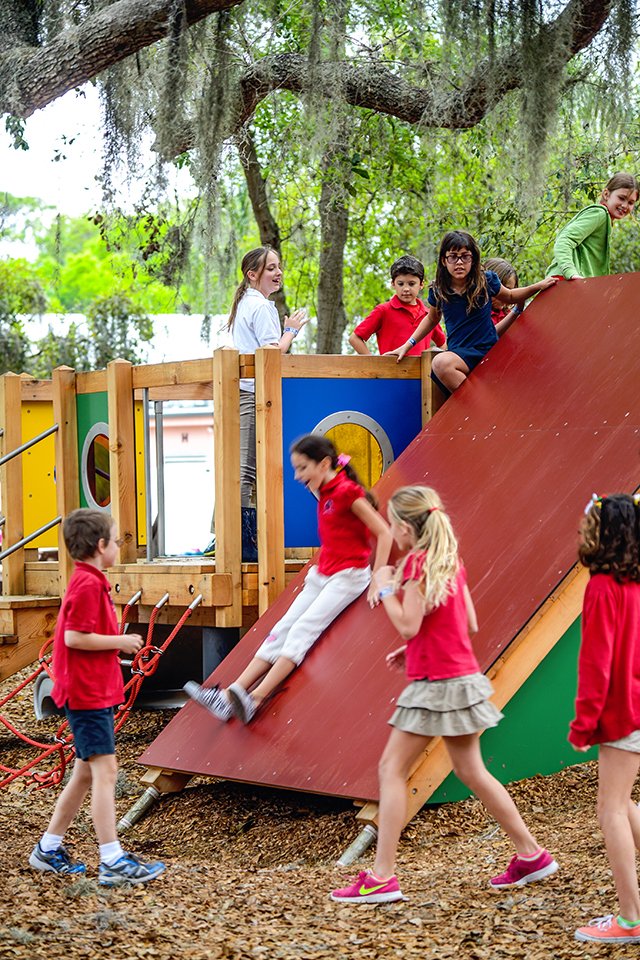

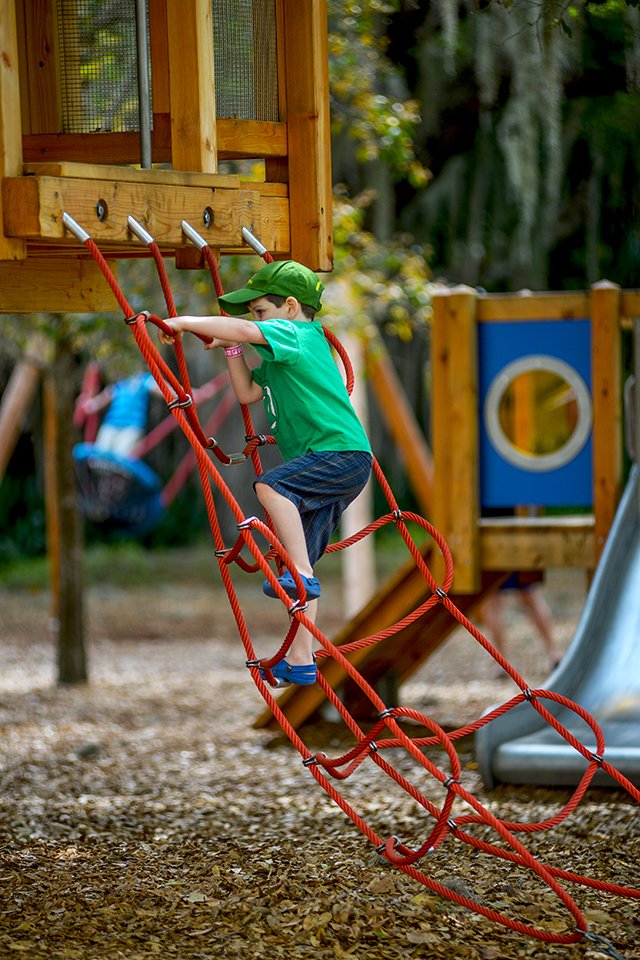
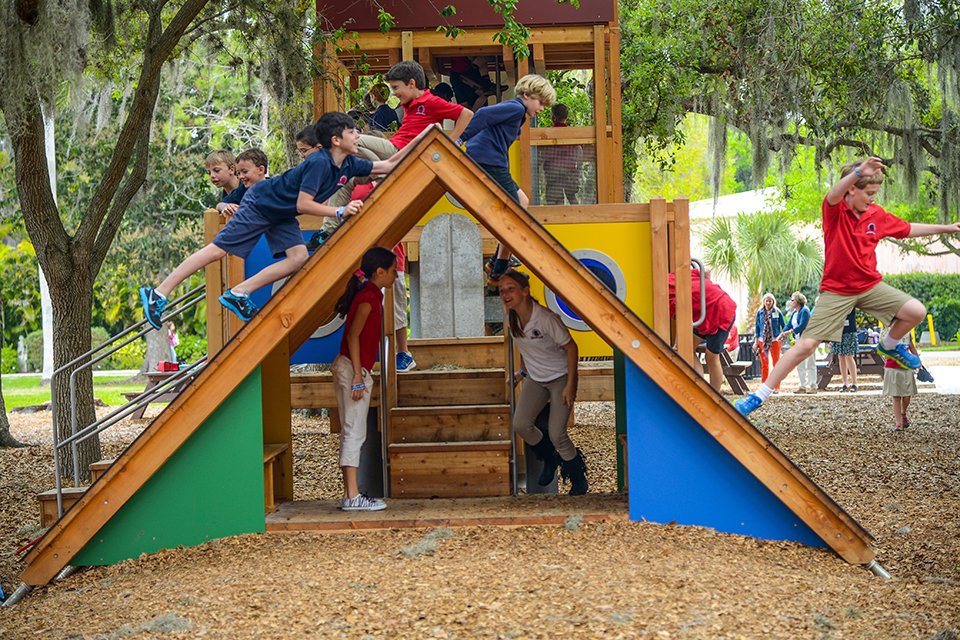
DoSeum, San Antonio TX
The DoSeum’s Big Outdoors exhibit is dedicated to gross motor skills, providing a large space for physical and tactile exploration. Richter’s pyramid towers create a landmark, visible from the surrounding streets and serving as an invitation to kids and families to visit the museum.
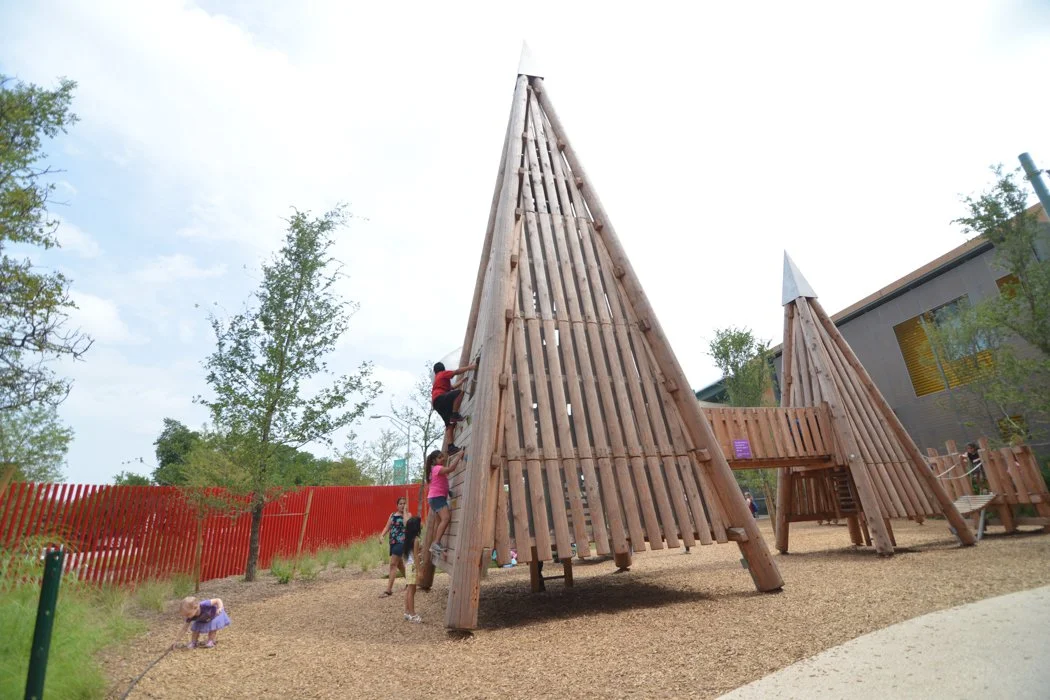
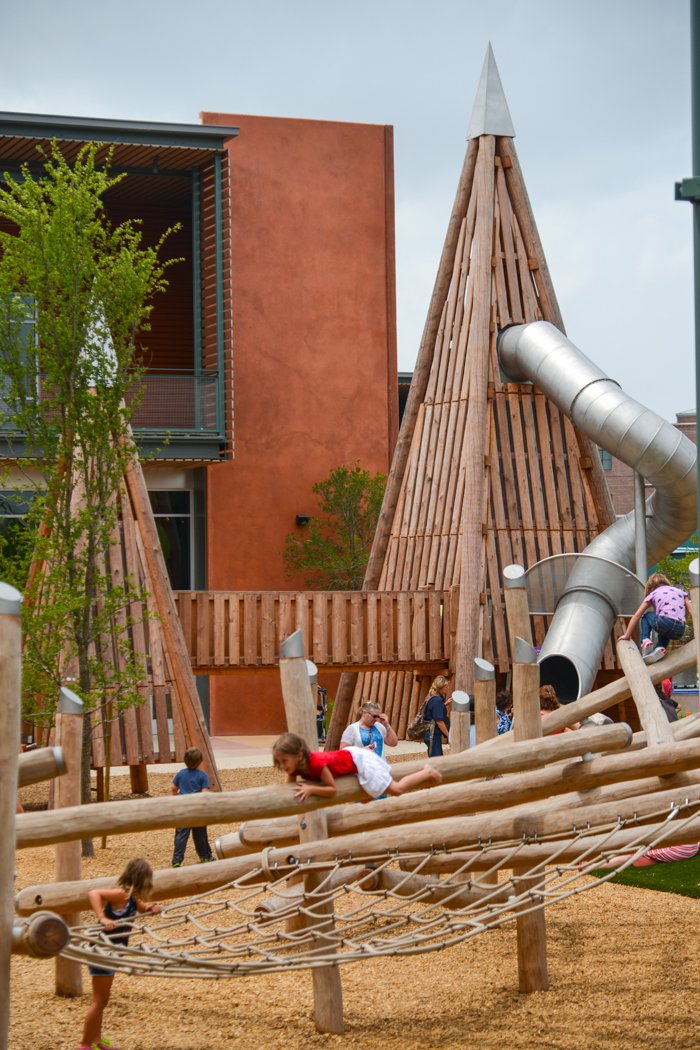
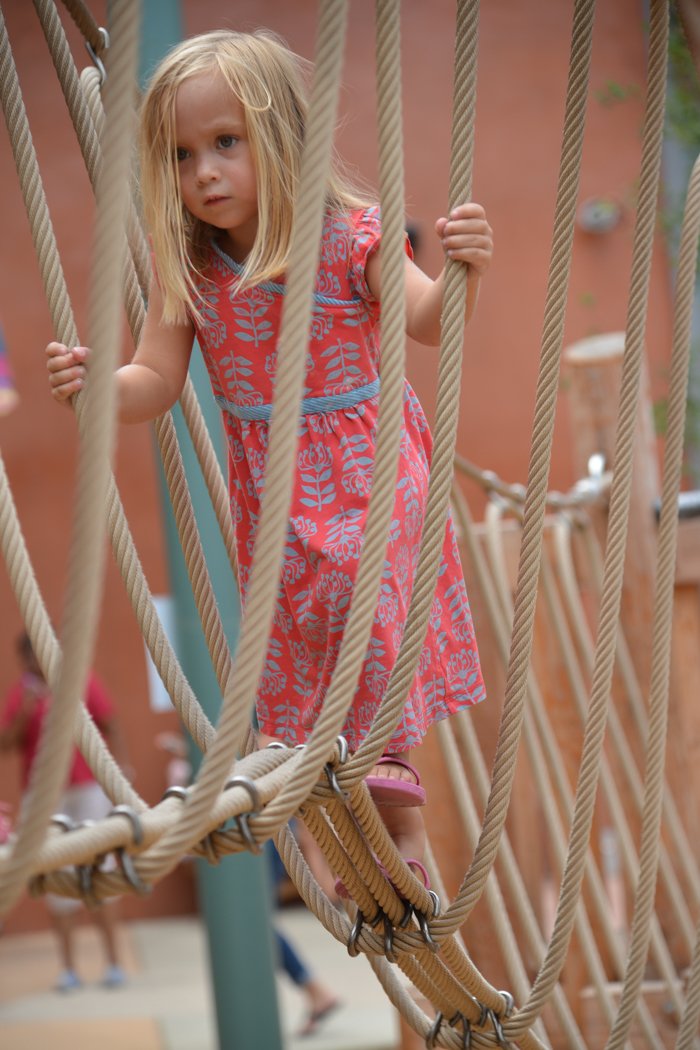
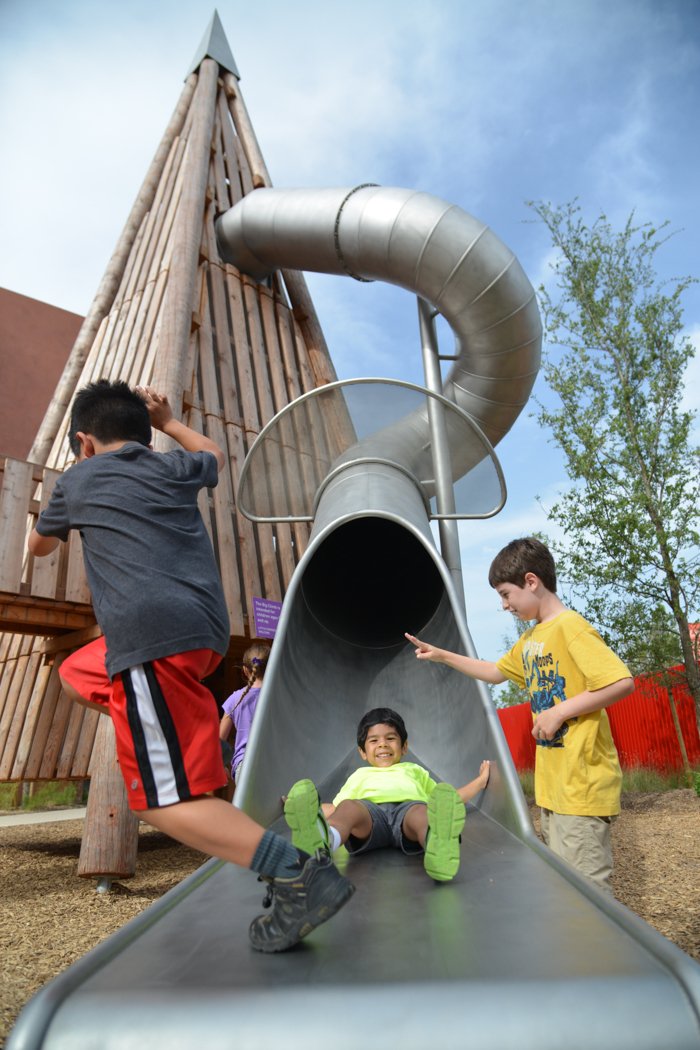

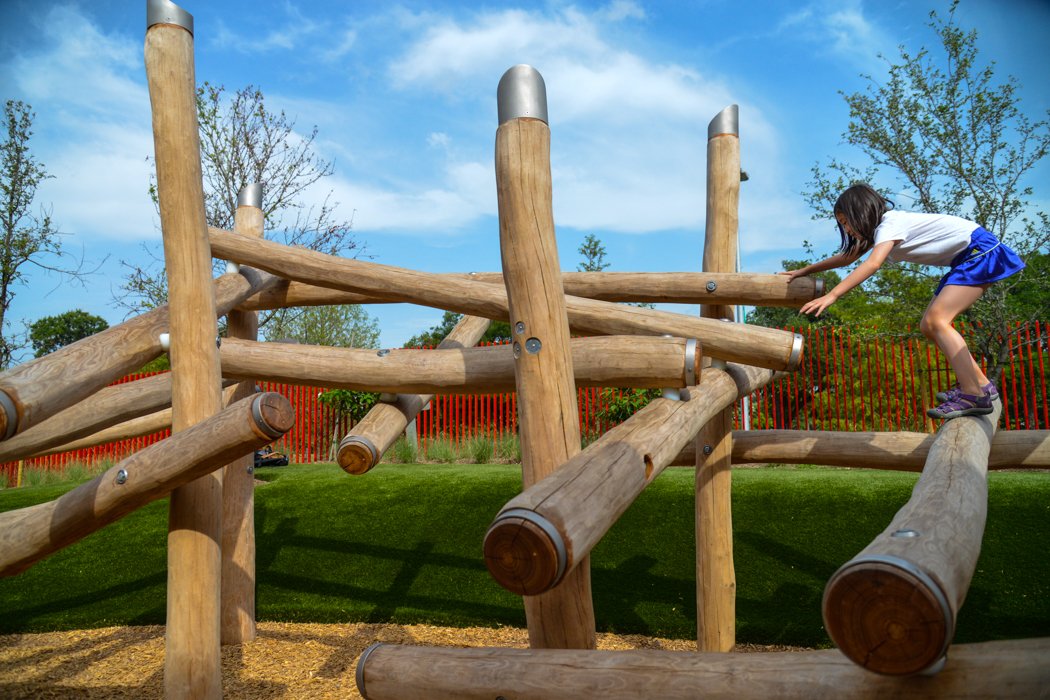

Children’s Garden at Morton Arboretum, Lisle IL
An early U.S. Richter play space (2004), the Arboretum’s Children’s Garden gives visitors an up-close introduction to trees and plants. Net bridges and tree houses take children on a canopy adventure, a sprawling net crawl lets them hover just above a meadow. A success from the start, the opening of the Children’s Garden increased the Arboretum’s youth programming attendance by 100%.
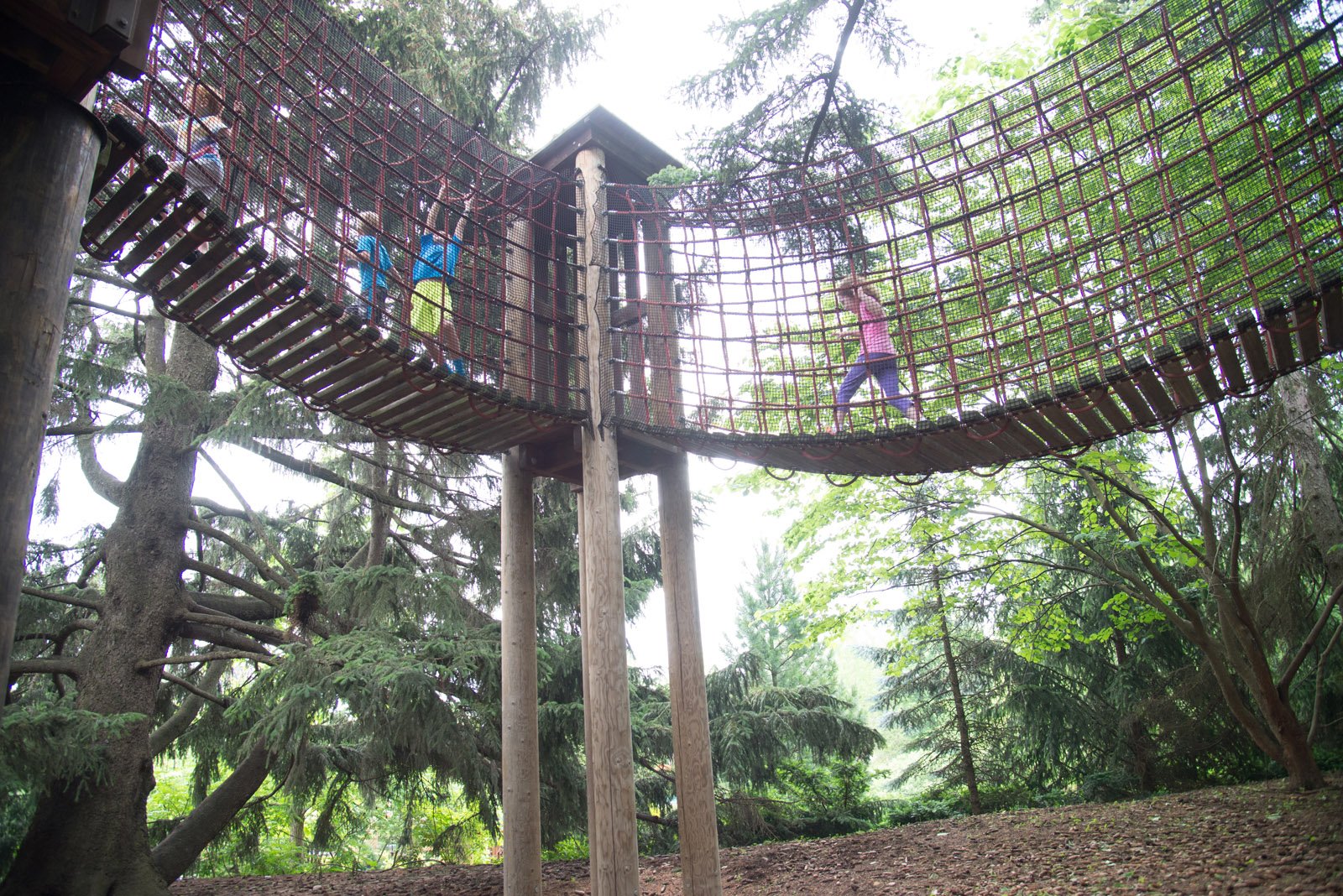
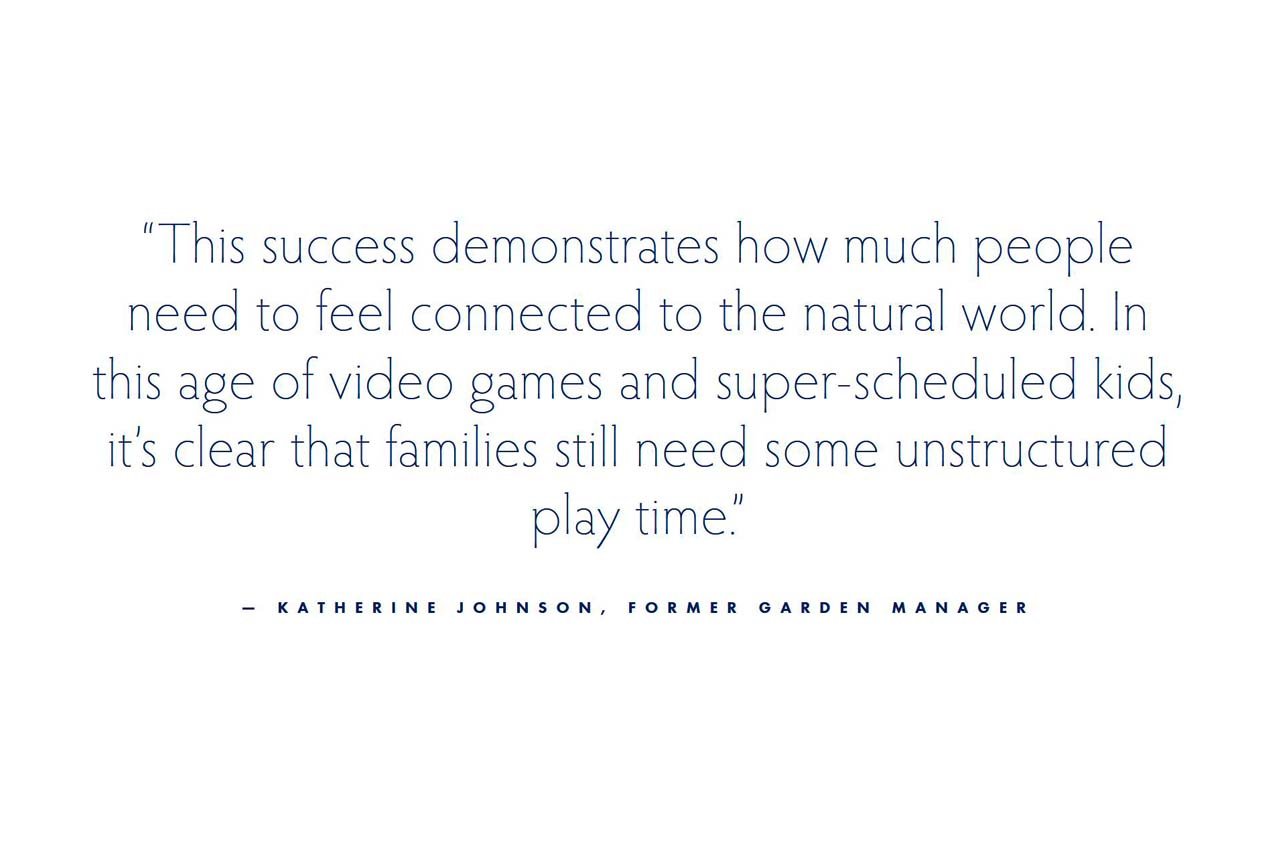

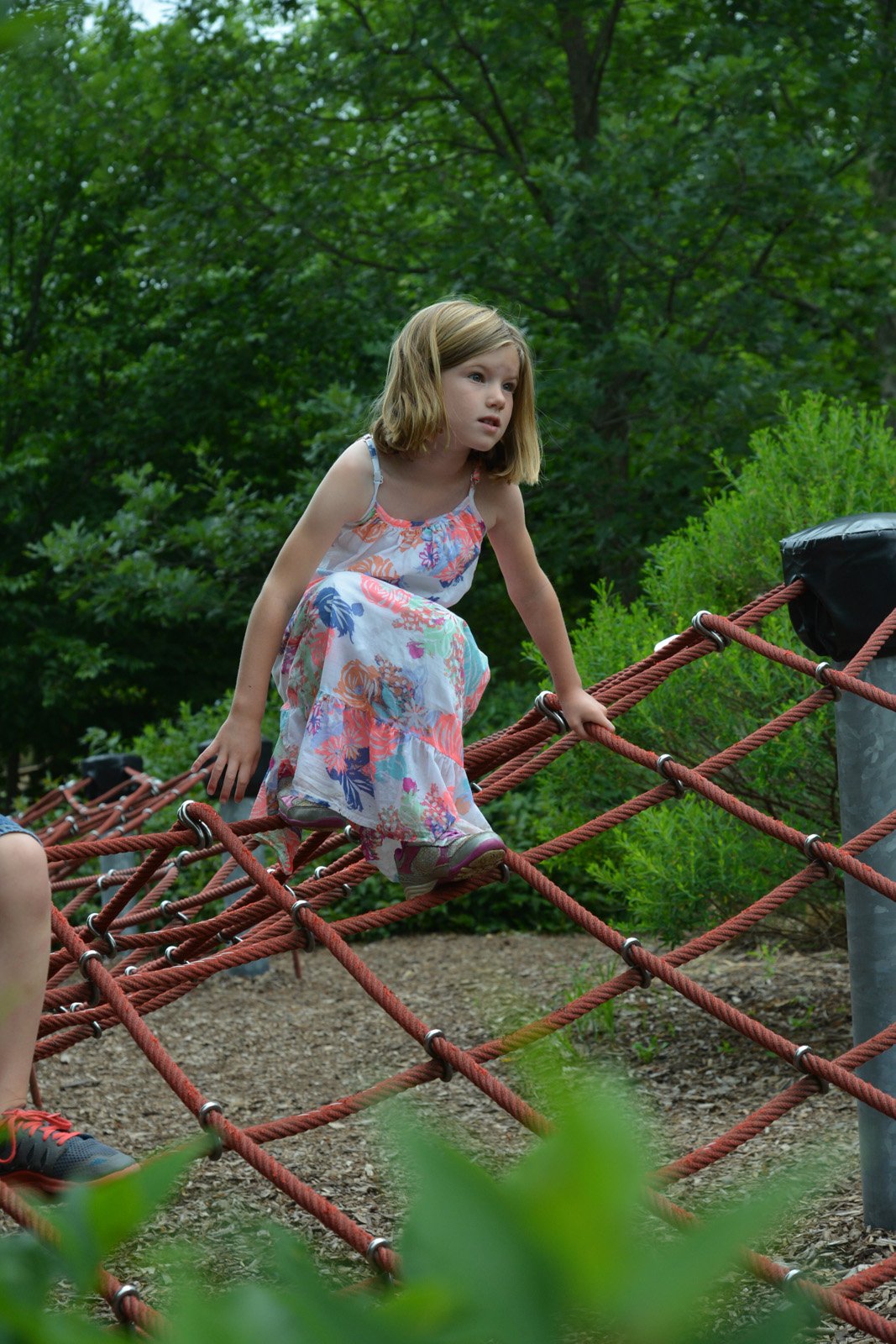
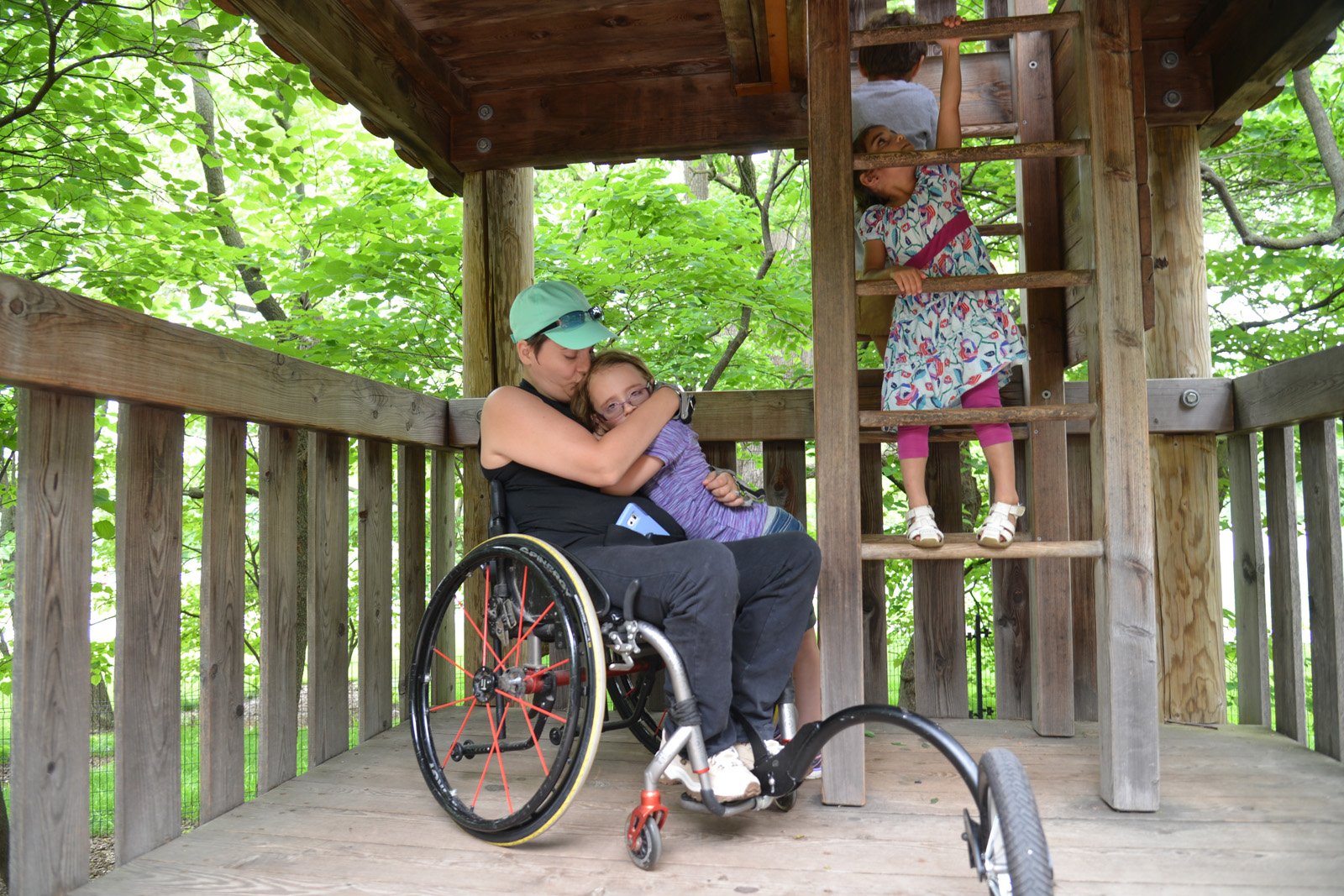

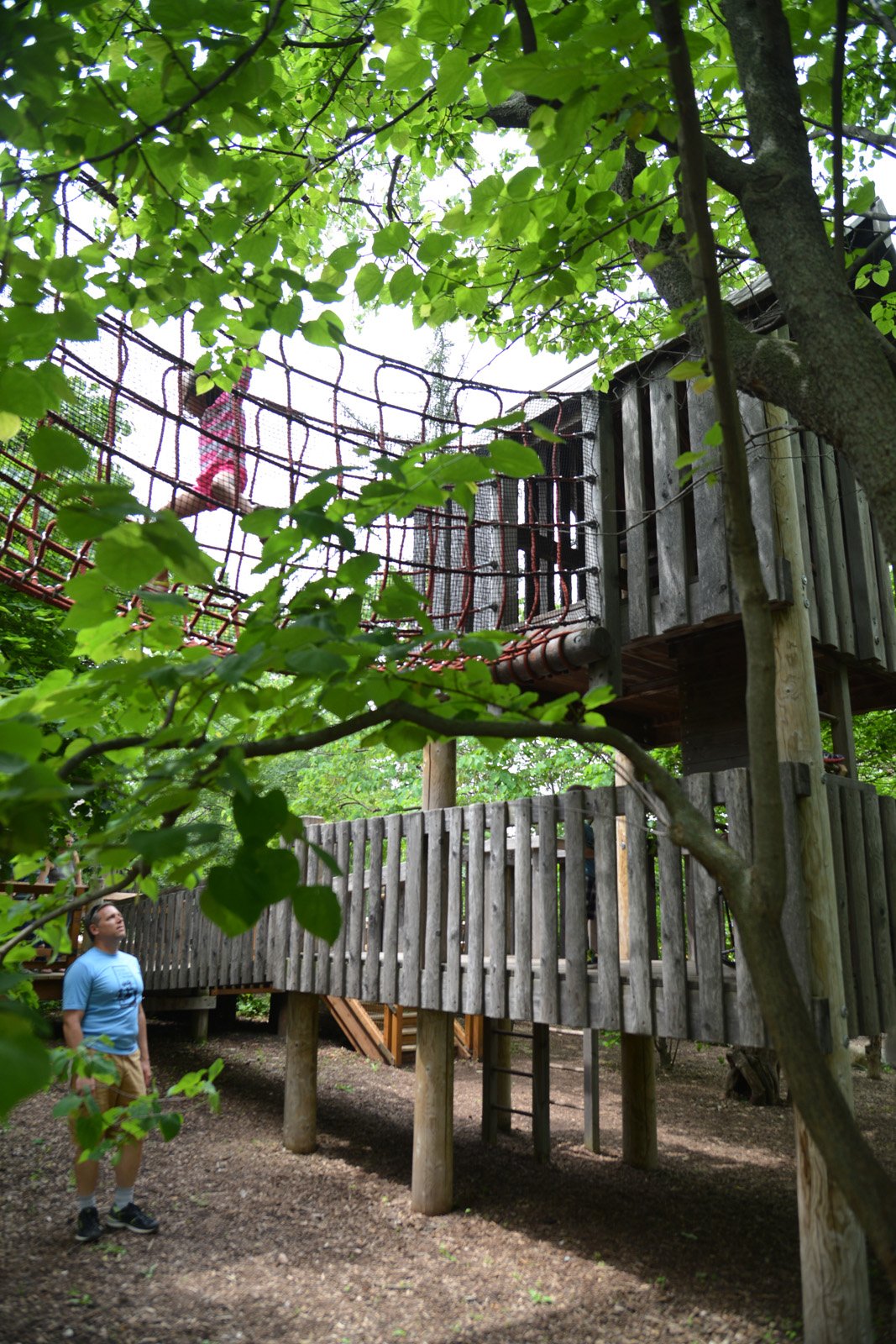
Science Playground, New York Hall of Science, Queens NY
The original Richter installation in the United States, the three-tiered Science Playground is the largest in the country. Visitors of all ages experience principles of balance, motion, sound, sight, simple machines, and the power of water through their own actions and interactions with others. One highlight: a pair of huge Archimedes Screws draw water high in the air, then send it splashing down to stainless-steel play elements below.


